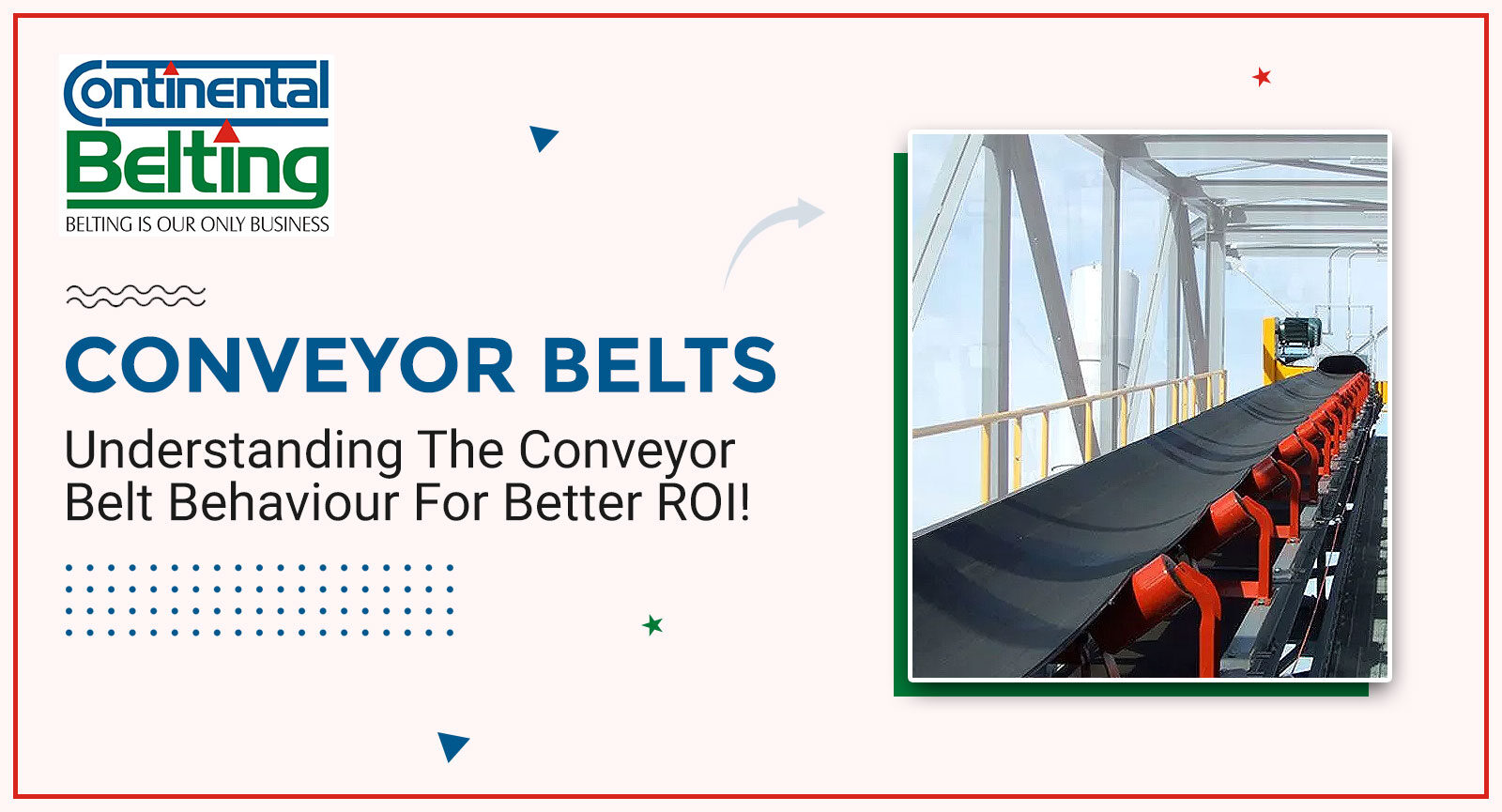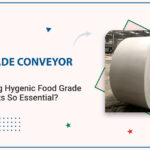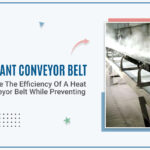Solids of many different types get transported by Conveyor Belts in chemical and other industrial facilities. There are many moving parts in a belt conveyor, and they all have to coordinate with one another. Complexity abounds in both belt’s behaviour and its constituent parts. It is thus, expected that problems with operation and dependability may arise. Constant attention must be paid to the conveyor’s upstream and downstream components, such as the conveyor feeding it and the equipment receiving the solids from it, since these connections may establish an influence on the belt conveyor operation and configuration.
This article offers helpful advice and guidelines for using Conveyor Belt and information on potential problems generated within it.
What Is Belt-Driven Conduct?
- One of the biggest challenges of running these conveyors is taking into consideration the belt’s complicated behaviour. It shows elastic and viscous behaviour when deformed. The belt, when subjected to stressors, behaves in a way that changes with time.
- Belt conveyors’ static behaviour has been understood for quite some time. Their transitory, beginning, and halting behaviour, among other dynamic aspects, are less well understood. The elastic behaviour of the belt and the conveyor’s construction and other crucial sections are directly related to belt behaviour.
The Designing Of Conveyor Belt!
Despite their significance for many conveyors-especially long, big, and high-speed ones—these elastic effects have traditionally been ignored throughout the design, component selection, and operation. The Conveyor Belt Manufacturers today say that the outdated, oversimplified static simulations have resulted in inaccurate component size and take-up placement. As a result, practically all current belt conveyors properly account for dynamic behaviour in their setup and sizing. Its other functions include directing operations, evaluating results, and enhancing dependability.
Compression
Take-up tension must maintain belt sag within limits, prevent sliding on drive/brake pulleys, and prevent excessive motion of moving components (for instance, the take-up carriage). Running sag limit and stopping/starting sag limit determine minimum belt tension. Take-up should provide focused tension.
The Starting And Stopping Dynamics!
Belt conveyor startup is stressful. High torque and tension are needed to accelerate a belt conveyor. Limiting initial maximum stresses prevents belt deterioration (especially at splices) and failure. Various approaches lower beginning stresses. Variable speed drives (VSDs) or soft-start tools may reduce beginning torque/tensions.
Two stops are possible. Some belt conveyors halt by disabling the motor. Many need brakes for stopping, however. If the belt stops quickly, it’s the inertia causing excessive stress.
The Top Brands That Can Assist you In Selecting The Best Conveyor Belt
Continental Belting Pvt Ltd is the leading Conveyor Belt Exporters In India. We export the best quality Conveyor Belts and offer world-class after-sales assistance for our clients to familiarise them with each component of the conveyor belt and system. Request your quote today by visiting our website for further information on our services.



